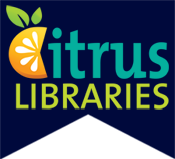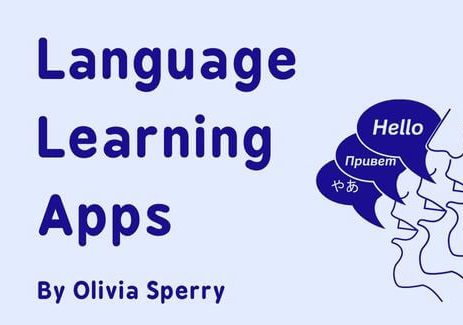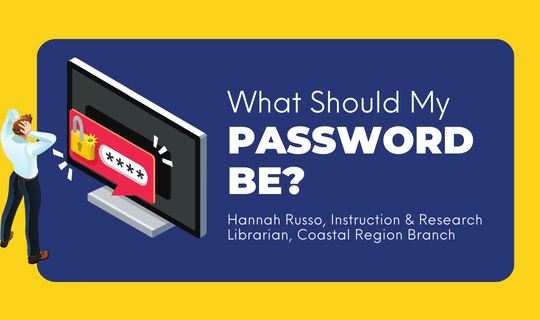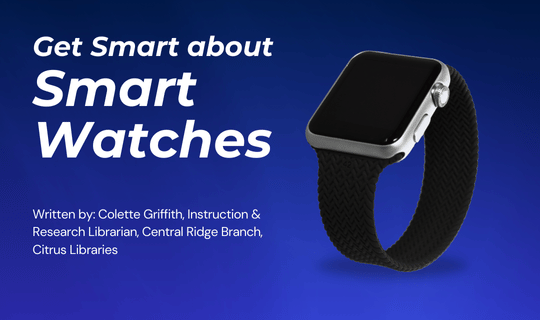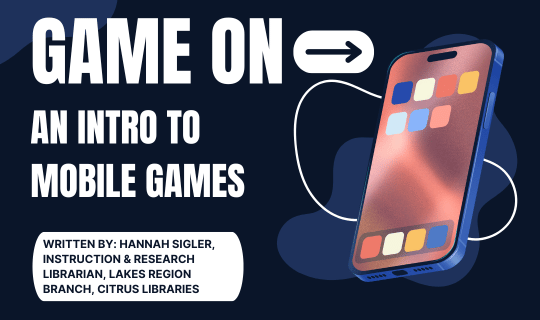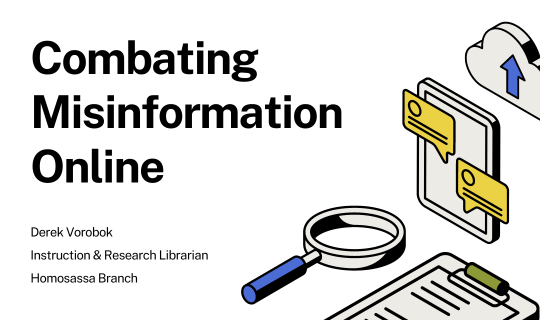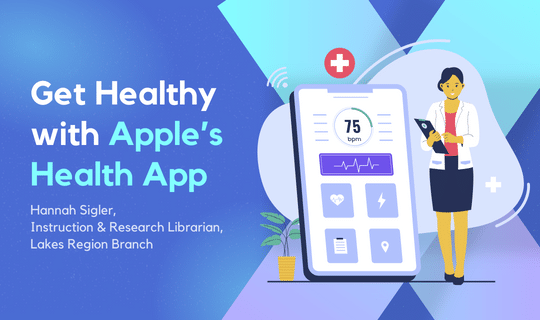Language Learning Apps
Konnichiwa, hola, and bonjour! Learning a new language is a constructive way to keep your brain sharp and expand your horizons, and smartphone apps have made it easier and more accessible than ever. Today we’ll look at a few of the most popular free and paid language apps on the market right now. Note: apps can be download via your Google Play store (Android) or App Store (iPhone). You will need to know your Google or Apple login information. Most apps also have a web browser version as an alternative to mobile.
You may have already heard about Duolingo, the free app that popularized language learning by “gamifying” the experience. You can gain XP (experience points), collect rewards, and build up “streaks” as you progress through the levels. There’s even a friendly animal mascot– a green owl who cheers you on and spontaneously pops up to remind you to do your lessons. Duolingo’s fun and colourful interface is an addicting way to get started with a new language. It is completely free and offers 39 languages.
Babbel is one of the most popular paid language apps. It provides a robust learning experience through lessons that take only 10 minutes per day. Babbel aims to have you speaking real-life conversations as fast as possible, and the learning material uses proven cognitive techniques to help you retain vocabulary. Several subscription plans are offered, starting at $13.95/month or 3 months for $30.
Rosetta Stone is a classic language learning program that’s been around for over 25 years. It focuses on auditory learning and immersion, with lessons that have you associate spoken words and phrases with images without a direct translation. Rosetta Stone offers TruAccent speech recognition program to help improve your accent, and there’s an augmented reality mode for iOS apps. Pricing starts at $35 for 3 months of 1 language. You can also purchase unlimited access for a one-time payment of $199.
LingoPie lets users absorb a new language by watching TV. There are 1000’s of hours of movies and shows to choose from and all shows come with 2 sets of subtitles, one in the original language and the other in English. You can click any word to get an instant translation. The idea is that the more you watch, the more you learn. LingoPie costs $12 per month or $65 per year, or you can try the 7-day free trial.
You may be wondering just how effective these apps really are. It is helpful to be familiar with the Common European Framework of Reference for Languages, or CEFR scale. CEFR organizes fluency levels into six stages: A1, A2, B1, B2, C1 and C2. An A2 speaker understands the most basic phrases, while a C2 would be capable of high-level academic writing. Basically, none of the language apps out there will get you to a C2 level, and most will max out at B1 or B2. It’s hard to achieve full fluency without human conversation and understanding of body language. But apps like Duolingo are an excellent jumping off point for learning a new language and building the foundation you need for fluency.
For more information on the apps mentioned, stop by one of our Citrus County Library branches to speak with a staff member. Technology classes are held throughout the county on a wide range of topics. Head over to www.citruslibraries.org for a full listing of events.

